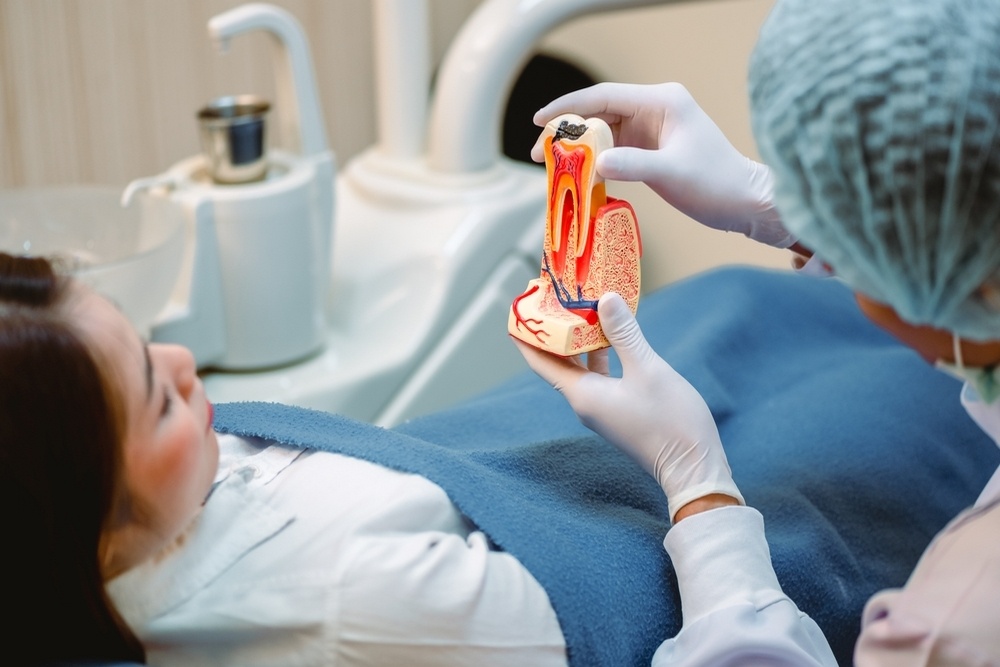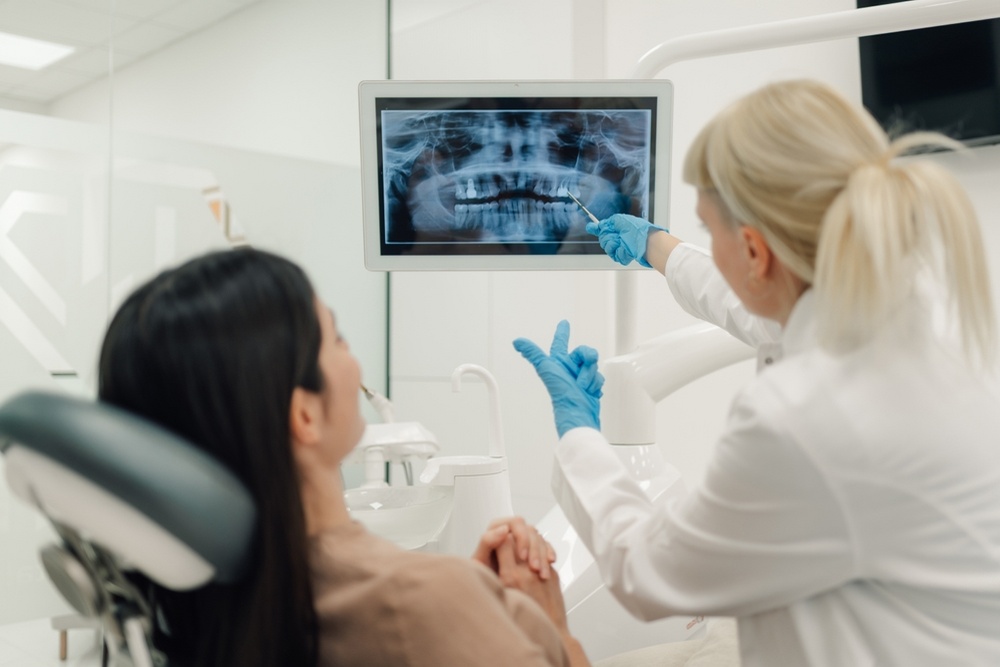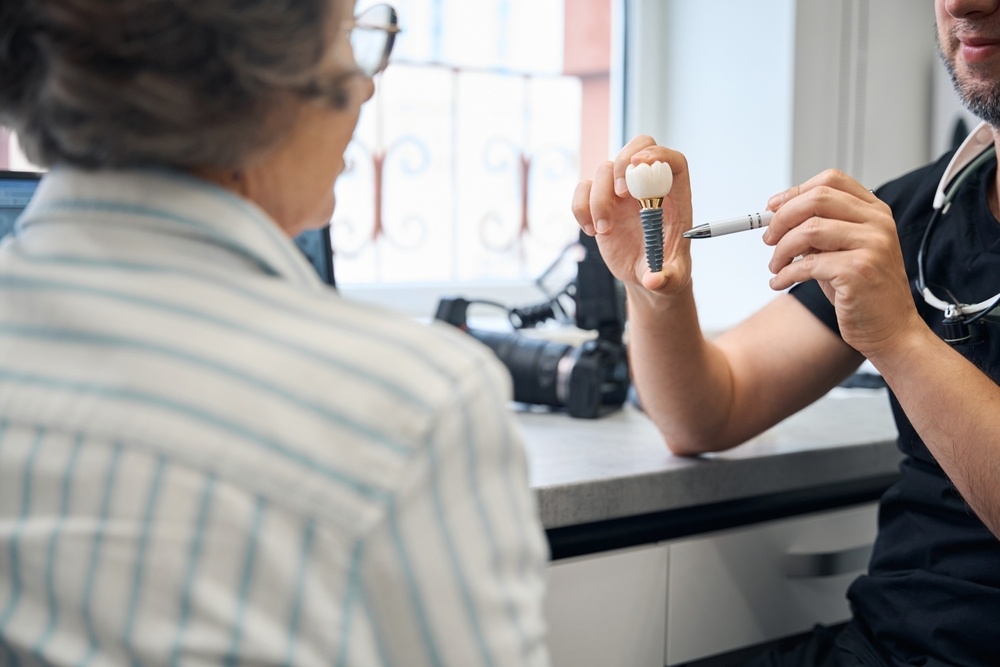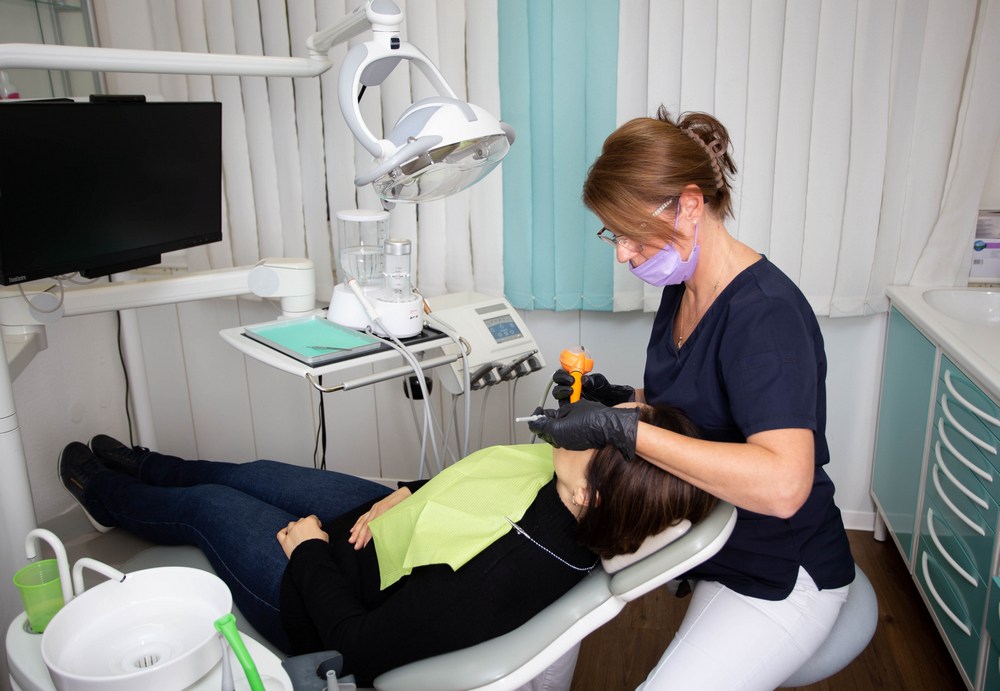Regarding dental procedures, few phrases elicit as much fear and apprehension as “root canal.” However, understanding what a root canal is, why it’s necessary, and what the procedure involves can help demystify this standard dental treatment. In this blog, we will provide a comprehensive overview of root canals, making them more approachable for readers facing the prospect of this procedure.
What is a Root Canal?
A dental procedure to preserve a tooth significantly damaged or suffering from an infection is known as a root canal or endodontic therapy. This procedure becomes essential when the innermost portion of a tooth, referred to as the pulp, becomes infected or experiences inflammation. The pulp is comprised of nerves, blood vessels, and connective tissue. When this inner core is compromised, it can result in intense pain, the formation of abscesses, and even tooth loss if left unaddressed.
Why is a Root Canal Necessary?
There are several reasons why a root canal may be necessary:
- Infection: Bacterial infection can occur when a cavity or crack in the tooth allows bacteria to reach the pulp. This infection can be excruciating and may lead to an abscess if not treated promptly.
- Deep Decay: When tooth decay progresses beyond the enamel and dentin layers, it can reach the pulp, causing pain and inflammation.
- Trauma: A traumatic injury, like a significant impact on the tooth, has the potential to harm the pulp, which may necessitate a root canal procedure.
- Repeated Dental Procedures: Repeated dental interventions on a single tooth can gradually weaken it, eventually requiring a root canal to preserve the tooth.
The General Procedure
Contrary to common misconceptions, a root canal is a procedure that is far less daunting than it appears. It is a routine and exceptionally effective dental treatment that alleviates pain and preserves your natural tooth. Here’s a general overview of what you can expect during a root canal:
- Diagnosis: Your dentist will conduct a comprehensive assessment, which may include X-rays, to assess the severity of the damage or infection.
- Local Anesthesia: You’ll receive local anesthesia to numb the area, ensuring you won’t feel any pain during the procedure.
- Access Opening: Our dentist will carefully make a small access opening in the top part of the impaired tooth to gain access to the pulp.
- Removal of Infected Pulp: The infected or inflamed pulp is carefully removed using specialized instruments.
- Cleaning and Shaping: The inside of the tooth’s root canals is cleaned, shaped, and disinfected to remove any remaining bacteria.
- Filling: The cleared area is filled with a biocompatible substance known as gutta-percha, effectively sealing the tooth’s root canals to prevent any future infections.
- Restoration: Typically, following a root canal procedure, a tooth will necessitate the placement of a crown to fortify and safeguard it, given that the procedure can potentially weaken the tooth’s structure.
- Follow-Up: Following the procedure, your dentist will arrange subsequent follow-up appointments, overseeing your tooth’s healing process and confirming its proper functionality.
A root canal is an essential and highly efficient dental procedure to preserve teeth that might be lost due to infection or damage. Understanding what a root canal involves can help alleviate the anxiety associated with it. If you’re experiencing severe tooth pain, it’s essential to consult a dentist promptly to determine if a root canal is necessary.
At Dental Arts San Diego, we specialize in providing comprehensive dental care, including root canal treatments, to ensure your oral health and comfort. If you have any questions or concerns about root canals or other dental procedures, please get in touch with us. Our experienced team is here to guide you through the process and provide the care you need. Don’t let fear or uncertainty keep you from preserving your precious smile. Contact us today at (619) 762-4430 for expert dental care and personalized treatment options. Our priority is oral health, and we’re here to help you smile confidently again.









